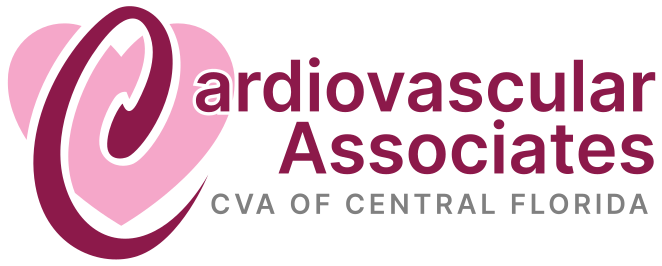Defibrillation Implantation
What is Defibrillator Implantation?
Defibrillators work to ensure your heart maintains a safe and normal rhythm. An implantable cardioverter defibrillator (ICD) monitors your heart and sends an electric shock to stabilize your heart rate when needed. The battery-controlled device works to correct life-threatening arrhythmia to prevent cardiac arrest.
Situated under your skin, an ICD monitors your heart rate and sends electrical shocks to correct the heart rhythm when needed. It is the size of a stopwatch with leads that go directly into your heart chambers. These leads are what deliver the electrical signals.
Some ICDs also function as pacemakers.
Risks and Benefits of Defibrillation Implantation
ICD devices can save lives by preventing sudden cardiac death. It’s important to note that risks are relatively uncommon with experienced surgeons, and your doctor will take precautions to minimize these risks.
Benefits of Defibrillation Implantation
- Prevents Sudden Cardiac Arrest
Defibrillation implantation is a proven life-saving treatment for dangerous ventricular arrhythmias that can lead to sudden cardiac arrest. - 24/7 Heart Monitoring and Protection
The implanted defibrillator continuously monitors the heart rhythm and is programmed to deliver shocks whenever a life-threatening arrhythmia occurs. - Quick Treatment
The implanted defibrillator can administer an electric shock within seconds to restore normal heart rhythm during a cardiac event. Quick defibrillation is critical for survival.
Risks of Defibrillation Implantation
- Bleeding, Bruising, or Swelling
- Collapsed Lung (Pneumothorax)
- Damage to Blood Vessels or Nerves
- Infection
- Movement of the Device
- Blood Clots
- Hemothorax
What to Expect Before, During, and After Defibrillator Implantation
Implantation of an ICD will take a few hours. The most common procedure is the transvenous approach, which involves a small incision at your collarbone.
We’ll begin with an IV and sedative. We will make an incision near the collarbone or, in some cases, your chest or abdomen. Gaining access through your vein, we put the wires into the heart chambers. The ICD goes in a pouch under the skin. We ensure the leads are connected to both the heart and ICD and that they work properly. Before we end the procedure, we test the device to make sure everything is working as it should.
You will likely go home from the hospital the day after the procedure. You will need to have someone drive you home. You may feel tired and sore at the site of the incision. Your doctor will advise you on the best medication to take for any pain.
We may test the ICD system once again before you leave.
In general, you should refrain from heavy lifting and vigorous activity in the month after the procedure. Avoid putting pressure on the implantation site.
Am I a Candidate for Defibrillation Implantation?
We recommend implantable cardioverter-defibrillator (ICD) devices for patients with certain conditions that put them at risk for cardiac arrest. If you experience dangerously high heartbeats, known as ventricular tachycardia or ventricular fibrillation, you may be a candidate for defibrillator surgery.
You may be considered high-risk if you have the following:
- Abnormal Heart Rhythms
Also known as an arrhythmia, an abnormal heart rhythm is caused by a problem with your heart’s conduction system, causing your heart to beat irregularly. - Previous Heart Attack
Those who have previously had a heart attack may benefit from the implantation of an ICD device. - Heart Failure
Congestive heart failure is a chronic condition in which the heart can’t pump enough blood to meet the body’s needs, causing a buildup of fluid in the lungs and other tissues. - Congenital Heart Defects
Congenital heart defects are problems in the heart's structure that are present at birth. They are the most common type of birth defect. - Cardiomyopathy
When diseases of the heart muscle can’t pump blood effectively, patients are at risk of cardiovascular complications.
Make Heart Health Your Priority
Photo Gallery
Video Gallery
Testimonials
Photo Gallery
Get To Know Our Cardiologists
In Search of Care? Request a Consultation Today




